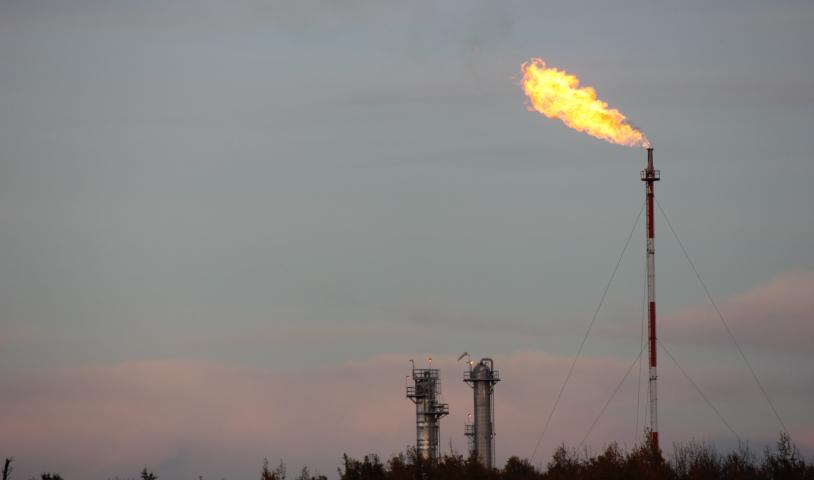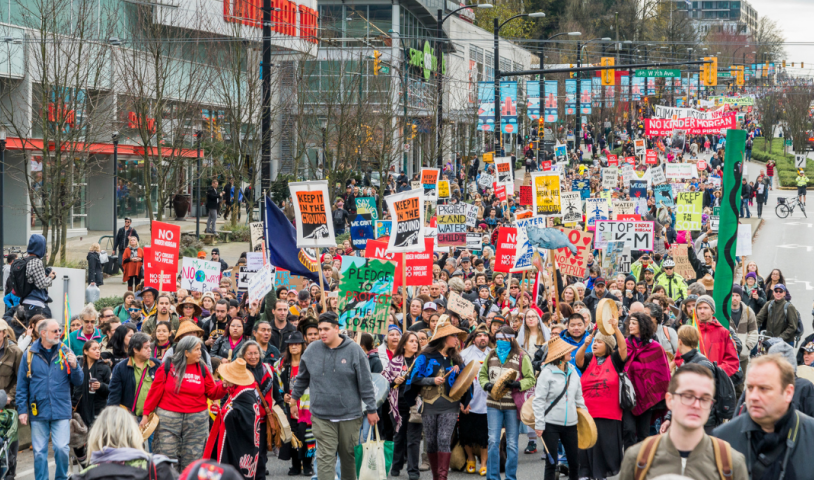Tria Donaldson: Keep the Peace: Impact of Site C dam would be too high
Monday, July 19, 2010Georgia Straight
By Tria Donaldson,
July 20th, 2010
Earlier this month, I went on an epic journey to the northeast corner of our province. Over 24 hours away as the Greyhound drives, over the other side of the Rocky Mountains, lies the Peace River Valley, a valley under threat from plans to build the Site C dam.
I was heading up for the fifth annual Paddle for the Peace event, an annual event hosted by the West Moberly First Nations and the Peace Valley Environment Association. Each year, hundreds head down the river to appreciate the beauty of this spectacular river and to understand the impact the Site C dam project will have on the river valley.
The proposed Site C Dam would be the third dam on the already constrained Peace River. The project would flood almost 100 kilometres of the valley I paddled down, and more land would be lost to erosion over time. Local citizens, and especially the Treaty 8 First Nations communities, have serious concerns about this project. To them, it is another example of destroying their local environment for the benefit of people from the south.
Coming from the south, I don’t usually spend a lot of time thinking about where my electricity comes from. The Peace River is a long way away from my home in Victoria, a fact that over 24 hours on a Greyhound drove in further.
When I arrived in the valley I was amazed. Each bend in the road revealed another stunning vista: a crystal clear river snaking through hills covered in old-growth forests on one side and rolling farmland on the other. Small islands dot the river, perfect habitat for creatures like deer and moose to give birth free from predators.
The scenic beauty of the Peace River Valley is only part of what makes this valley so special. It is one of the only unprotected valleys in the proposed Yellowstone to Yukon conservation area, and a critical migratory corridor for grizzly bears, moose, elk, and a plethora of other wildlife. The waters of the Peace are home to threatened bull trout and the valley’s trees host a large number of owls and other raptors.
This valley is also full of prime Class 1 agriculture land. Up and down the valley people are growing alfalfa, wheat, canola, and other grains. I stayed with one of the many farming families in the valley, Ken and Arlene Boon. Arlene’s family has been on the farm for three generations. Her grandfather was part of the original fight against B.C. Hydro 30 years ago, and was one of the people who never sold his land. Arlene told me about how he used to chase B.C. Hydro off his property with a shotgun. Arlene doesn’t quite resort to that, but her and Ken are part of the core of local landowners that are committed to fighting this project.
After spending the night in a home that would be evacuated if the Site C project went ahead, I headed to the start of the paddle, near the community of Hudson’s Hope. I scarfed down some awesome pancakes prepared by the West Moberly First Nations before hopping in a canoe for the 30-kilometre journey.
There were about 230 boats in the water, and over 500 people participated. The crowd was full of people of all ages—kids and elders, First Nations and cowboys, elected officials and environmentalists. As we paddled, we saw flood reserve signs that mark what will be lost to the Site C reservoir. Full sections of road will go under, people’s homes and fields will drown, and acres and acres of old-growth boreal forest will be lost forever.
Site C would destroy a community’s livelihood and history, disrupt one of the largest and most important wildlife corridors in the continent, and submerge valuable carbon sinks instead of promoting food security and the need to adapt to climate change. And in return we’d get a man-made lake full of mercury-poisoned fish, and 4,500 gigawatt hours of electricity headed mostly for export to California or to expanding destructive natural-gas production in the region.
The weekend I spent in the Peace River Valley introduced me to a place that is as beautiful as it ecologically important. It’s clear why twice before the people of B.C. have stopped Site C from going forward, and why those of us in the south need to stand up for a place that is as beautiful and important as it is distant.
My final day in the valley, I headed up to see the W.A.C. Bennett Dam. Here the river has been choked and stifled. Every year during fall’s harsh storms, more land crumples into the reservoir and people loose more land. Dust storms are common, and there is still an advisory not to eat fish because of the mercury.
We have enough electricity. We have enough rivers in pipes and behind dams. Let’s look at alternatives that make sense. Let’s keep the Peace flowing and free.





